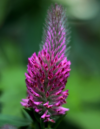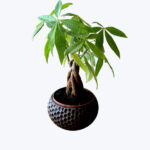-
 Trifolium rubens
Quantity: 1 £5.99
Trifolium rubens
Quantity: 1 £5.99 -
 Phlomis russeliana
Quantity: 1 £5.99
Phlomis russeliana
Quantity: 1 £5.99
Subtotal : £11.98






 Full sun
Full sun Partial Shade
Partial Shade





Reviews
There are no reviews yet.